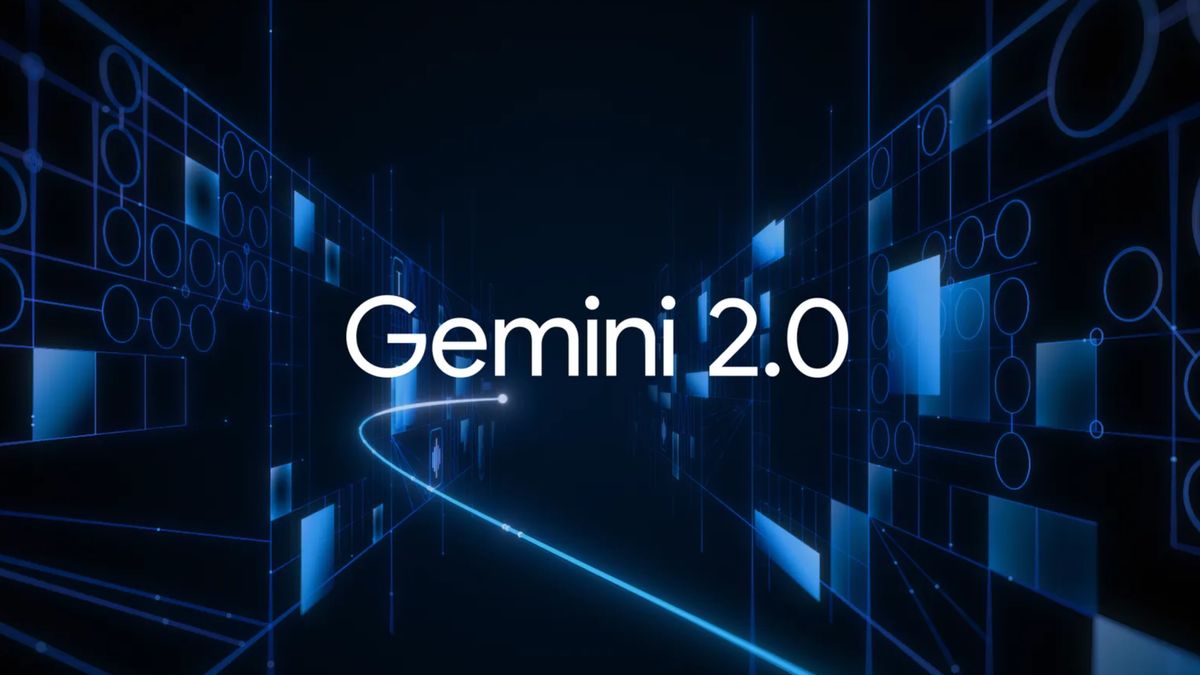While the vivo X100 Ultra stole the spotlight with its 200MP periscope, the company also unveiled mid-season refreshes for the X100 vanilla and Pro models. The two new models now wear an “s” tag in their name and feature the new Dimensity 9300+ chipset.
The original X100 series launched with the original 9300 chip. The plus model boosts the prime Cortex-X4 core to 3.4GHz (up from 3.25GHz) and improves the APU performance by 10% on AI tasks, however, the ARM Immortalis-G720 remains the same.

vivo X100s and X100s Pro with the new Dimensity 9300+
The vivo X100s Pro pairs its chipset with the vivo V3 imaging chip, while the vanilla model still uses the older V2 chip. Like with the 2023 models, the Pro is equipped with a huge 1/0.98” image sensor (IMX989), which makes for a chunkier camera bump.



vivo X100s Pro
The phone itself is a bit thicker and heavier at 8.91mm and 224g, but that also brings with it a higher battery capacity (compared to the vanilla model) of 5,400mAh. Charging is done at 100W over USB-C and at 50W wirelessly.
However, now the vivo X100s closes the gap a bit with its new 5,100mAh battery (up from 5,00mAh on the regular X100). This is thanks to second-generation silicon battery tech. Charging is wired only and done at 100W (down from 120W on the original).




vivo X100s
Even so, the X100s is thinner (7.8mm) than both the original X100 (8.5mm) and the X100s Pro. Thinner, but not lighter as it weighs essentially the same at 203g.
An interesting development is that the two s-phones have an IP69 rating with the 9 signifying resistance against powerful high-temperature water jets. This is in addition to the IPX8 rating for submersion in water.


At a glance: vivo X100s • vivo X100s Pro
That’s it for the upgrades, the rest is as before. The two X100s phones have 6.78” LTPO OLED displays (1-120Hz) with 1,260 x 2,800px resolution and 10-bit colors with 100% DCI-P3 coverage. They peak at 3,000 nits brightness and use 2,160Hz high-frequency PWM dimming. vivo has developed pixel compensation technology that promises to extend the life of the screen by more than 2 times.
Okay, we lied about that being the end of upgrades – the vanilla X100s has a flat display, while the X100 display was curved. We’re sure that some will see this as an upgrade.

The X100s Pro has the aforementioned 1/0.98” main sensor with an f/1.75” lens (1G+7P) and OIS. It is joined by a 50MP ultra wide (1/2.76”, f/2.0, 15mm) and a 50MP periscope with a floating lens OIS design (1/2”, f/2.5, 4.3x)
The vanilla X100s gets a smaller 50MP main module (f/1.57”) and a 50MP ultra wide. The tele camera has a periscope design with a 50MP sensor (f/2.57, 3x). Both phones have 32MP selfie cameras with f/2.0 lens.

The vivo X100s and X100s Pro are available in Titanium, White and Black/Dark Gray with the vanilla version also having a Green option. Check out the prices below – both start at 12/256GB and top out at 16GB/1TB.
| vivo X100s | vivo X100s Pro | |||
|---|---|---|---|---|
| CNY | converted to USD | CNY | converted to USD | |
| 12GB/256GB | CNY 4,000 | $555 | CNY 5,000 | $690 |
| 16GB/256GB | CNY 4,400 | $610 | – | – |
| 16GB/512GB | CNY 4,700 | $650 | CNY 5,600 | $775 |
| 16GB/1TB | CNY 5,200 | $720 | CNY 6,200 | $860 |
Source 1 | Source 2 (in Chinese)















;Resize=(1180))





Discussion about this post